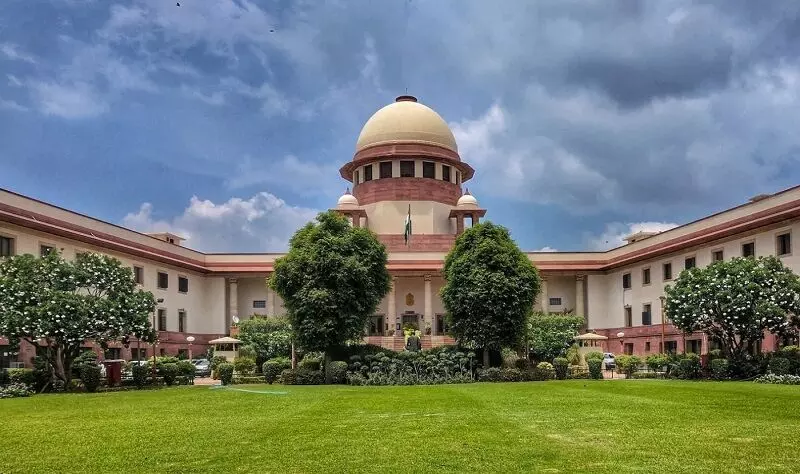Embracing Linguistic Diversity: The Supreme Court’s Affirmation of Urdu’s Place in India’s Cultural Mosaic

In a landmark judgment delivered on April 16, 2025, the Supreme Court of India upheld the use of Urdu on a municipal signboard in Maharashtra, reaffirming the language’s integral role in the nation’s diverse cultural fabric. This decision not only addresses the immediate legal question but also resonates deeply with India’s foundational values of pluralism and inclusivity.
Context and Legal Framework
The case originated from a challenge to the presence of Urdu alongside Marathi on a signboard at the Patur Municipal Council office in Akola district, Maharashtra. A former councillor contended that the inclusion of Urdu contravened the Maharashtra Local Authorities (Official Languages) Act, 2022, which mandates the use of Marathi in official signage.
The Supreme Court, however, found no legal impediment to the use of Urdu, emphasizing that language should not be conflated with religion. Justice Sudhanshu Dhulia, writing for the bench, eloquently stated, “Language is not religion. Language does not even represent religion. Language belongs to a community, to a region, to people; and not to a religion.”
Cultural Significance of Urdu
The Court highlighted Urdu as a quintessential embodiment of the ‘Ganga-Jamuni tehzeeb’—a syncretic cultural ethos that has historically characterized the Indian subcontinent. By recognizing Urdu’s deep-rooted presence in India’s cultural landscape, the judgment challenges prevailing misconceptions that associate the language exclusively with a particular religious community.
This perspective aligns with the broader understanding that languages evolve through the confluence of diverse linguistic and cultural influences. Urdu, with its rich literary heritage and widespread usage across various regions, exemplifies this dynamic evolution.
Constitutional Provisions and Precedents
The judgment draws upon Article 345 of the Indian Constitution, which empowers state legislatures to adopt “any one or more of the languages in use in the state” for official purposes. This provision underscores the flexibility afforded to states in recognizing and promoting linguistic diversity.
Notably, the Supreme Court had previously upheld the Uttar Pradesh Official Language (Amendment) Act, 1989, which designated Urdu as the state’s second official language alongside Hindi. In that ruling, the Court emphasized that “nothing in Article 345… bars declaring one or more of the languages in use in the state, in addition to Hindi, as the second official language.”
Implications for Linguistic Pluralism
This recent judgment carries significant implications for India’s commitment to linguistic pluralism. By affirming the legitimacy of Urdu’s public usage, the Court reinforces the principle that linguistic diversity should be celebrated rather than suppressed.
In practical terms, this decision may encourage other states to recognize and promote regional languages that reflect their unique cultural compositions. Such recognition not only preserves linguistic heritage but also fosters inclusive governance by facilitating communication with diverse populations.
Addressing Misconceptions and Prejudices
The Court’s observations also serve as a poignant reminder of the dangers posed by conflating language with religious identity. Justice Dhulia cautioned against “misconceptions, perhaps even our prejudices against a language,” urging society to embrace linguistic diversity as a source of strength.
This stance challenges narratives that seek to marginalize certain languages based on perceived religious associations. By decoupling language from religion, the judgment promotes a more inclusive national identity that acknowledges the multifaceted contributions of all linguistic communities.
The Supreme Court’s affirmation of Urdu’s place in public signage is more than a legal ruling; it is a reaffirmation of India’s enduring commitment to cultural and linguistic diversity. In recognizing the intrinsic value of all languages, the Court upholds the constitutional vision of an inclusive society where diversity is not merely tolerated but embraced as a defining strength.
As India continues to navigate the complexities of its pluralistic society, this judgment serves as a guiding beacon, reminding us that unity is best achieved not through uniformity but through the respectful celebration of our rich tapestry of languages and cultures.
